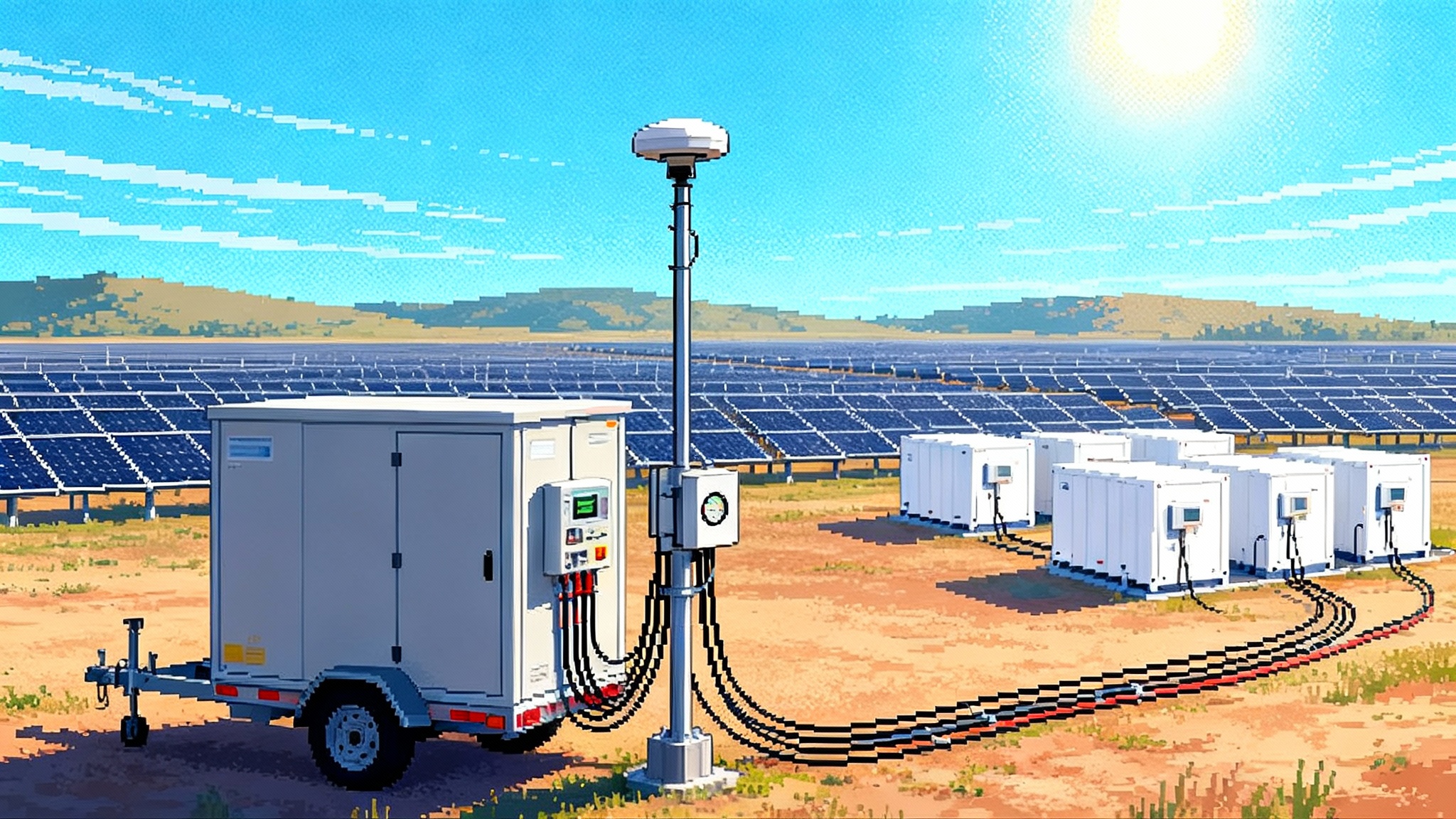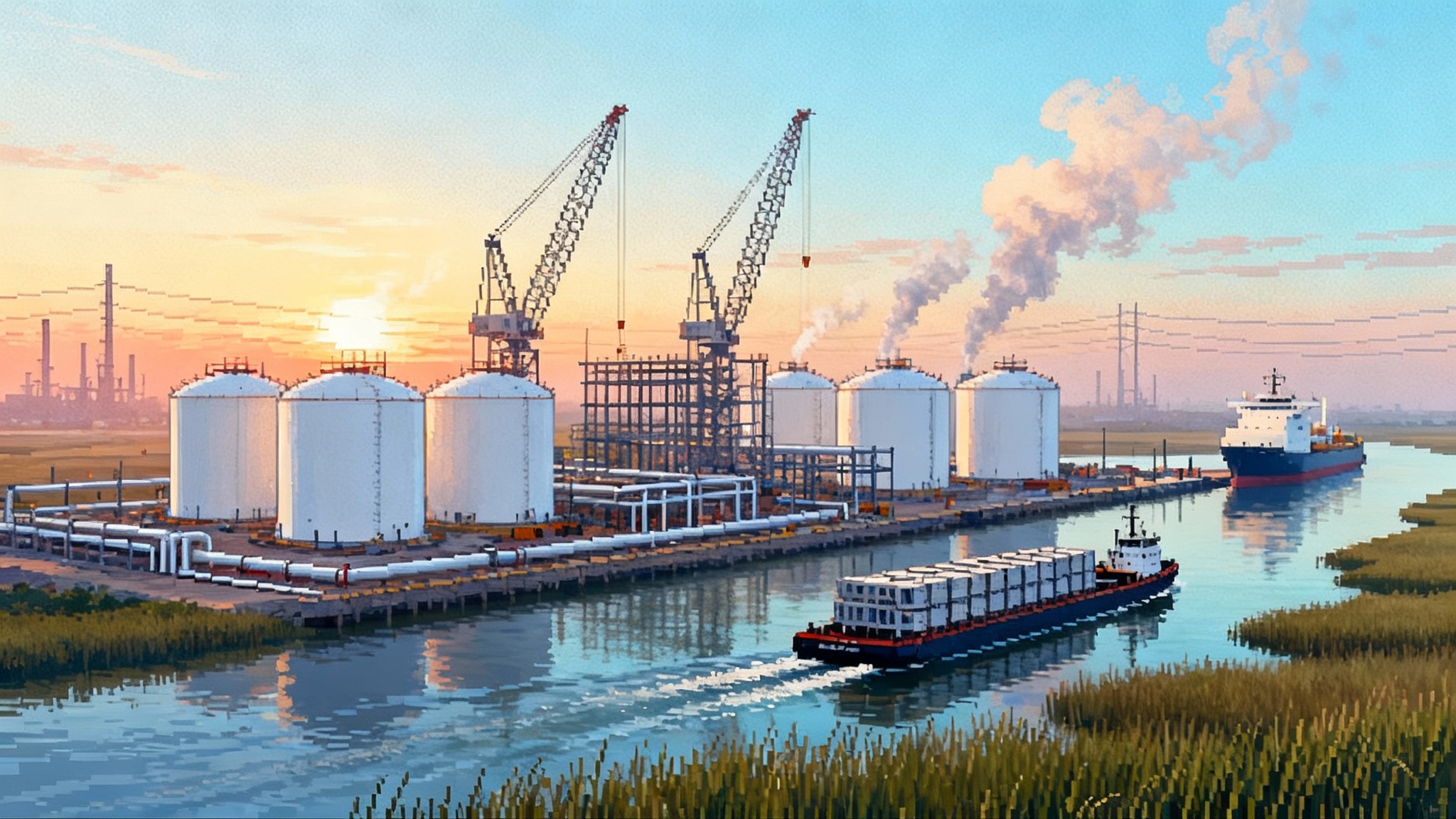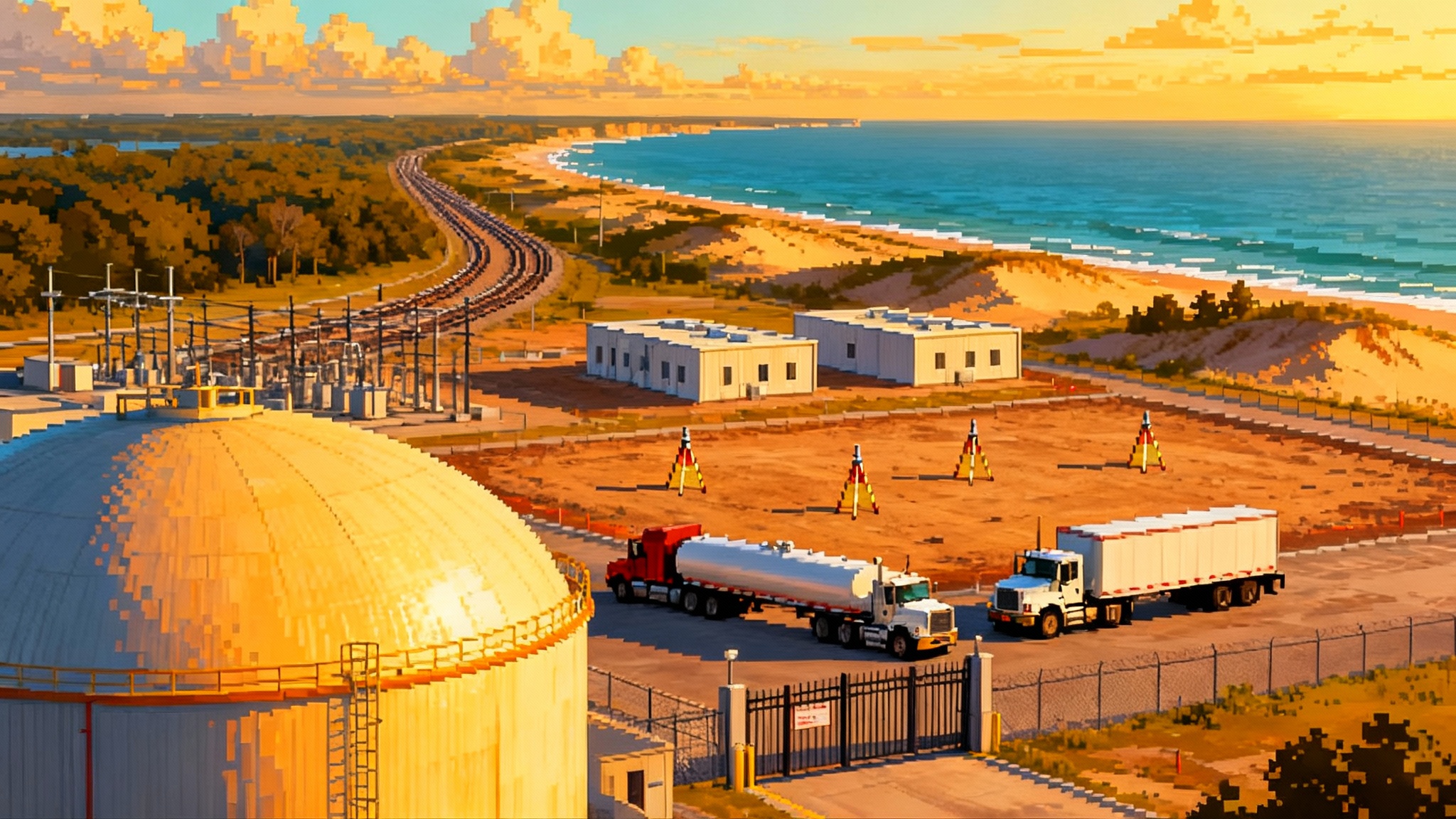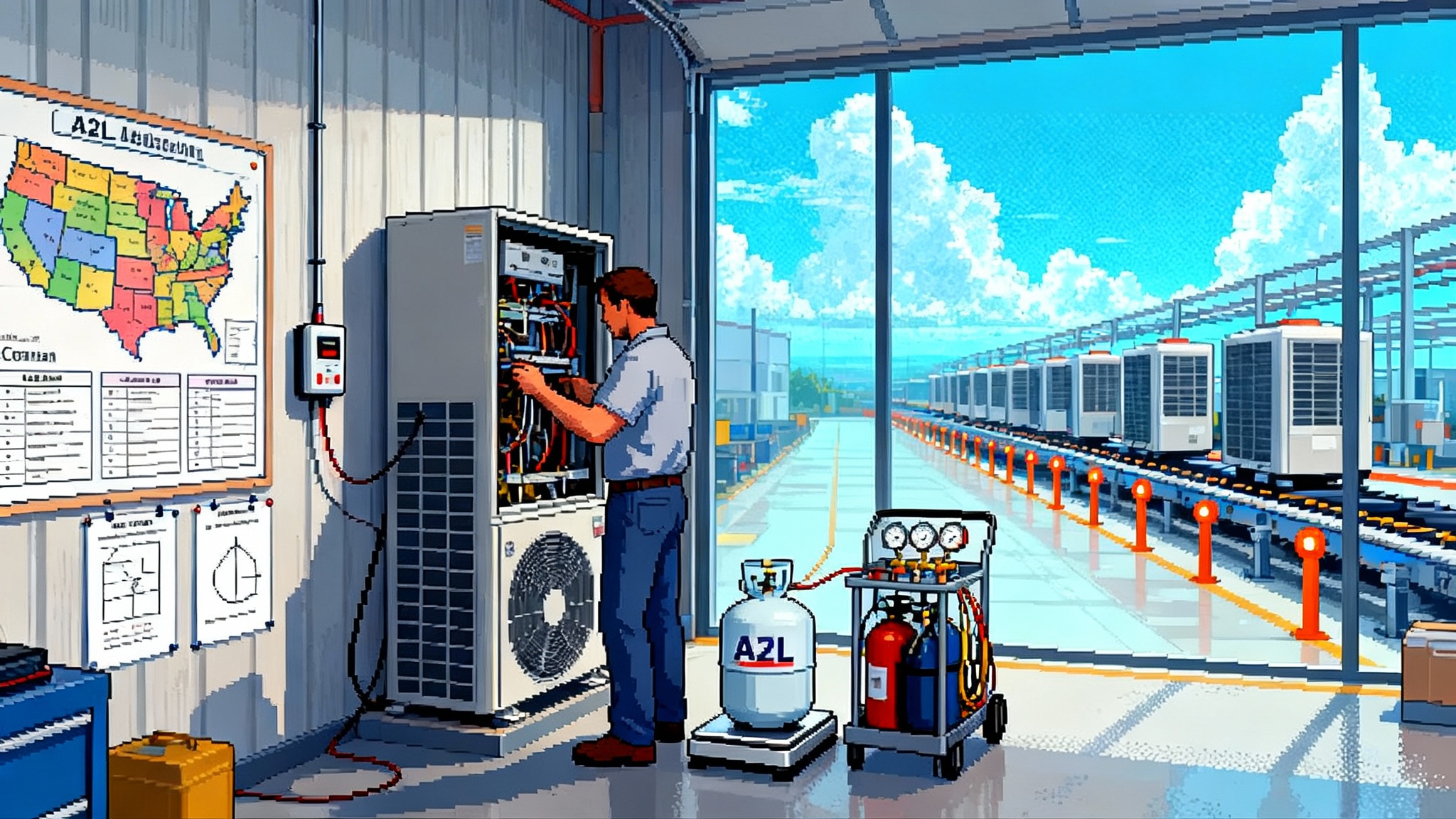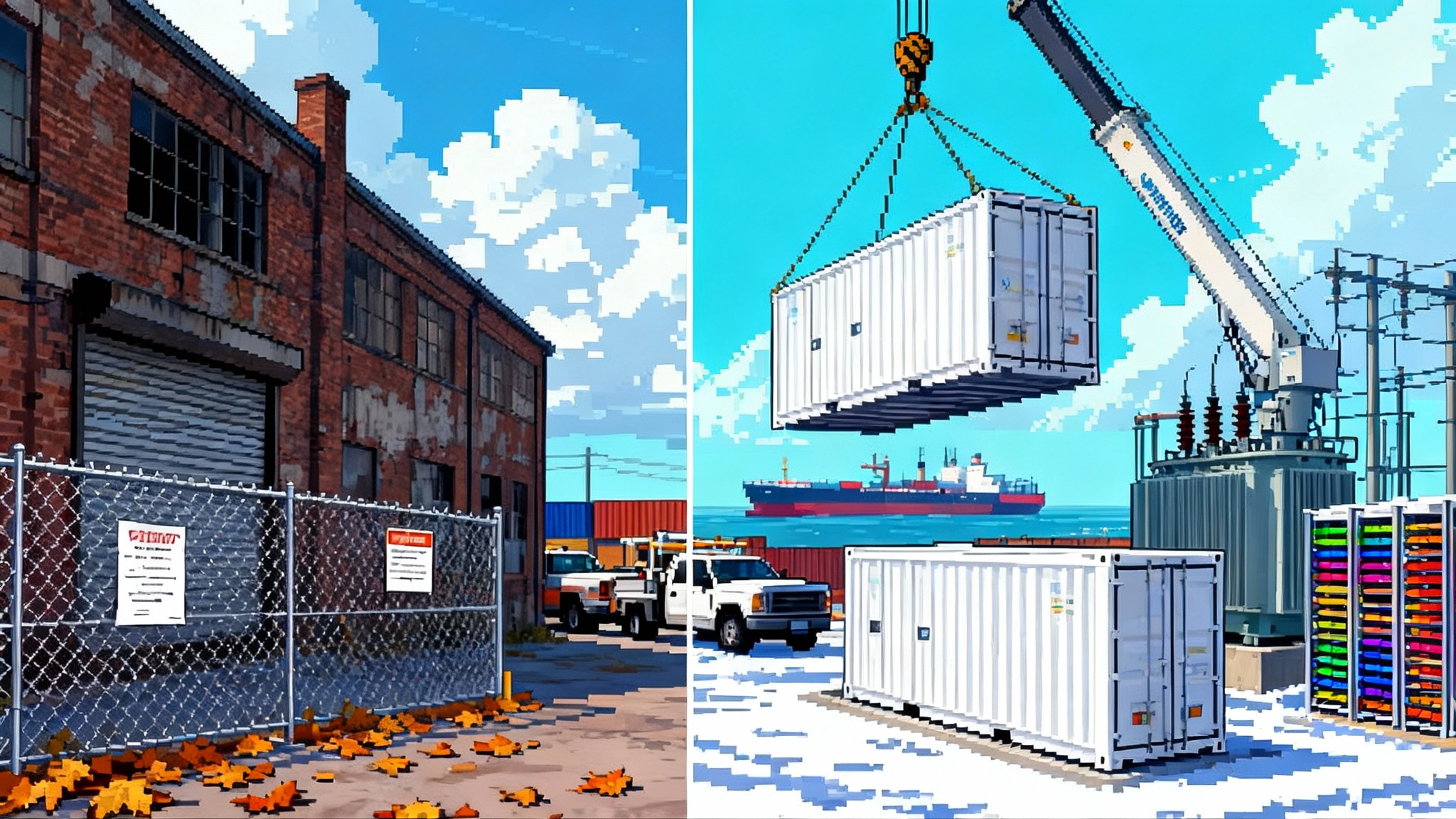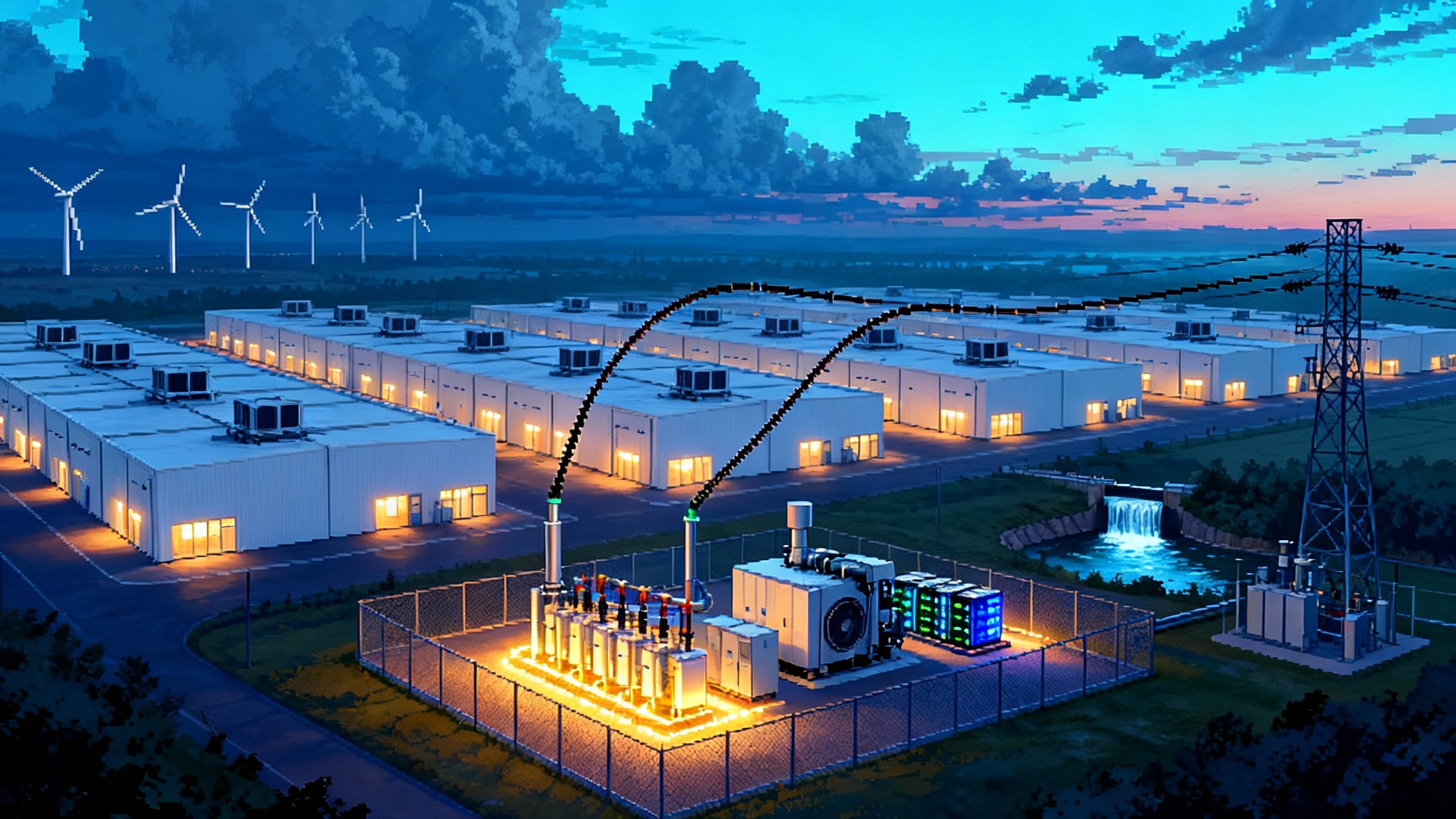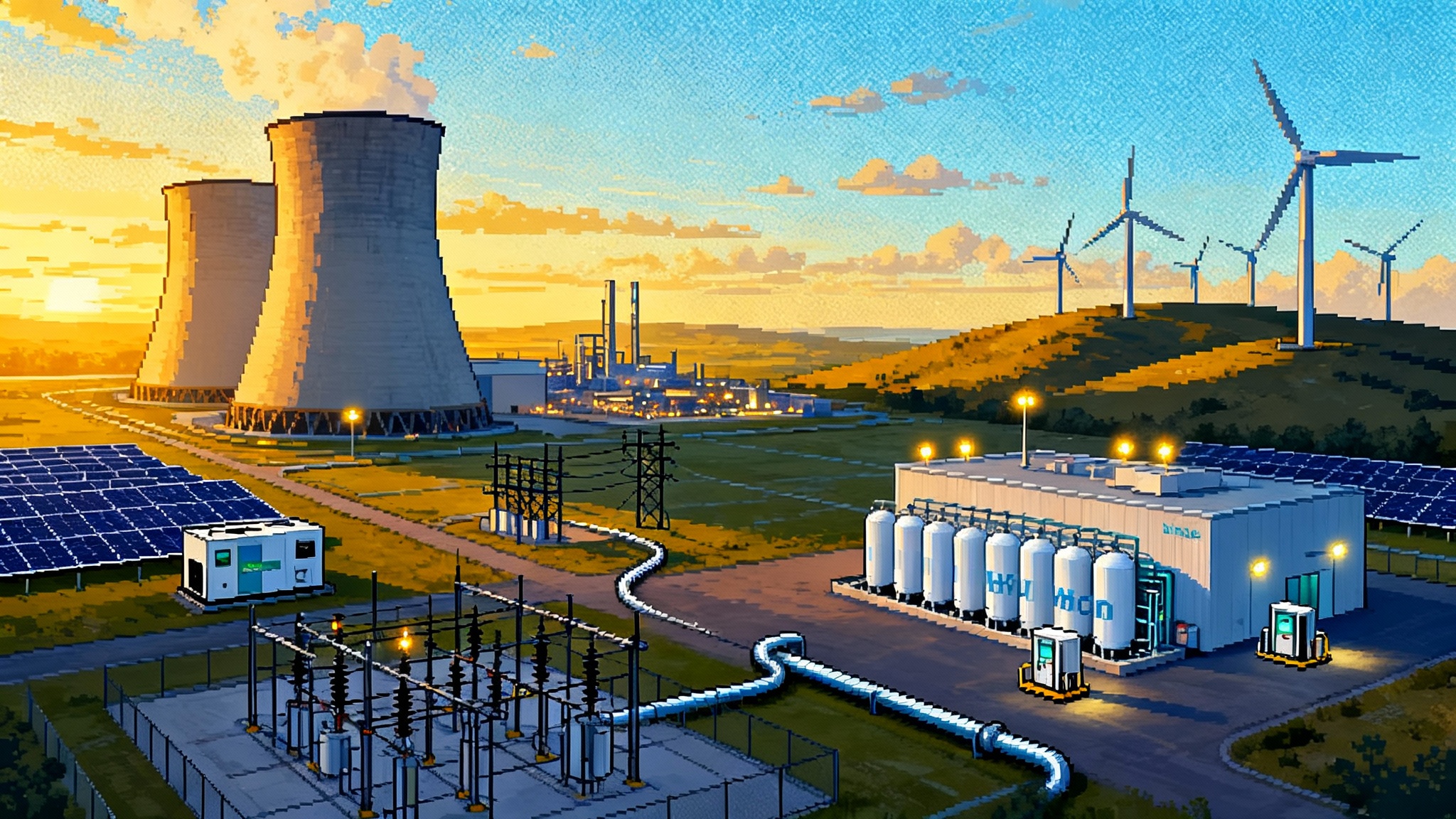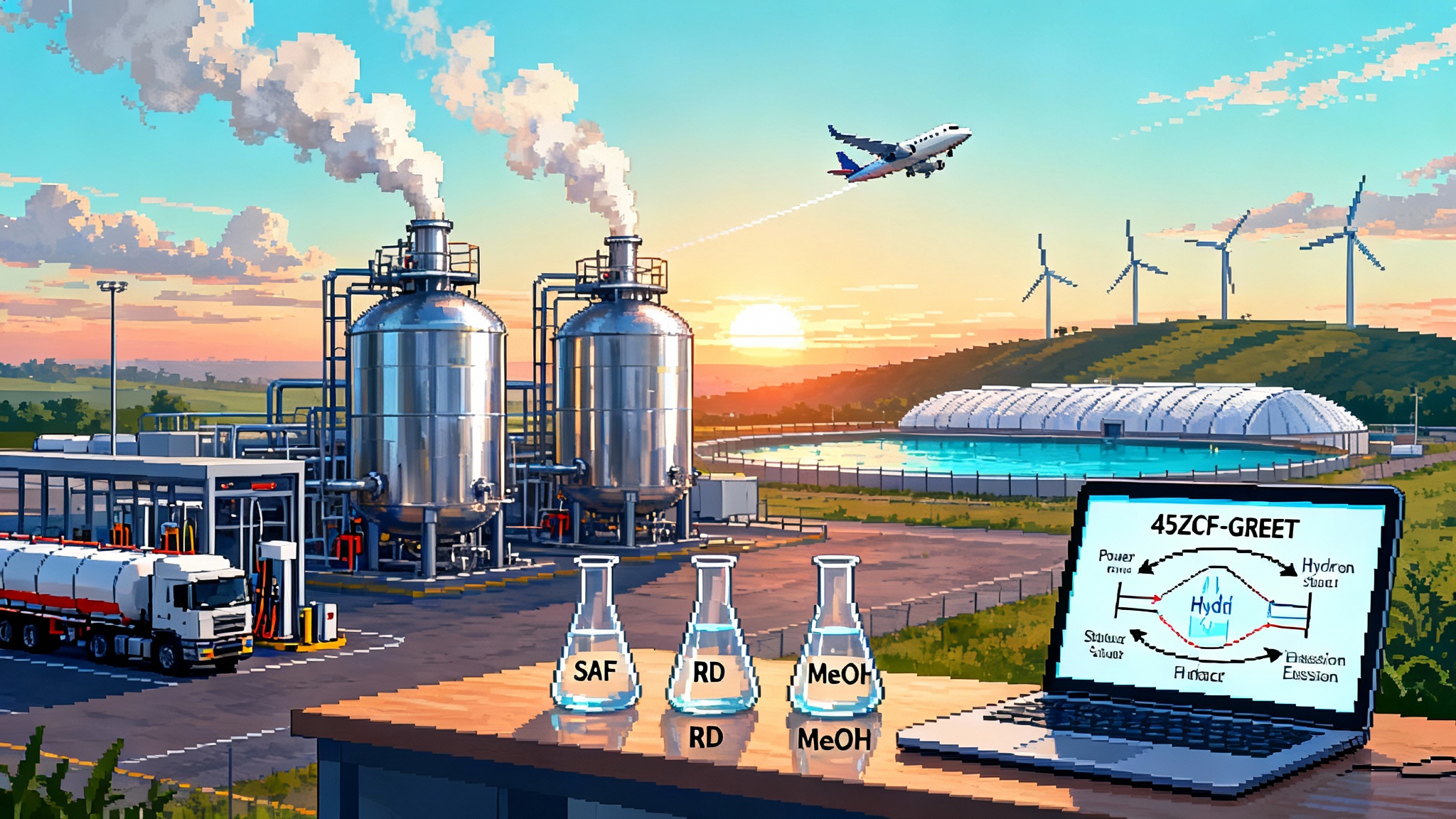Europe Becomes the Methane Regulator for U.S. Oil and Gas
With the U.S. methane fee shelved in 2025, leverage shifted to export markets. Europe’s phased reporting and future methane intensity limits now decide which American barrels and LNG cargoes keep access, win premiums, or face discounts.
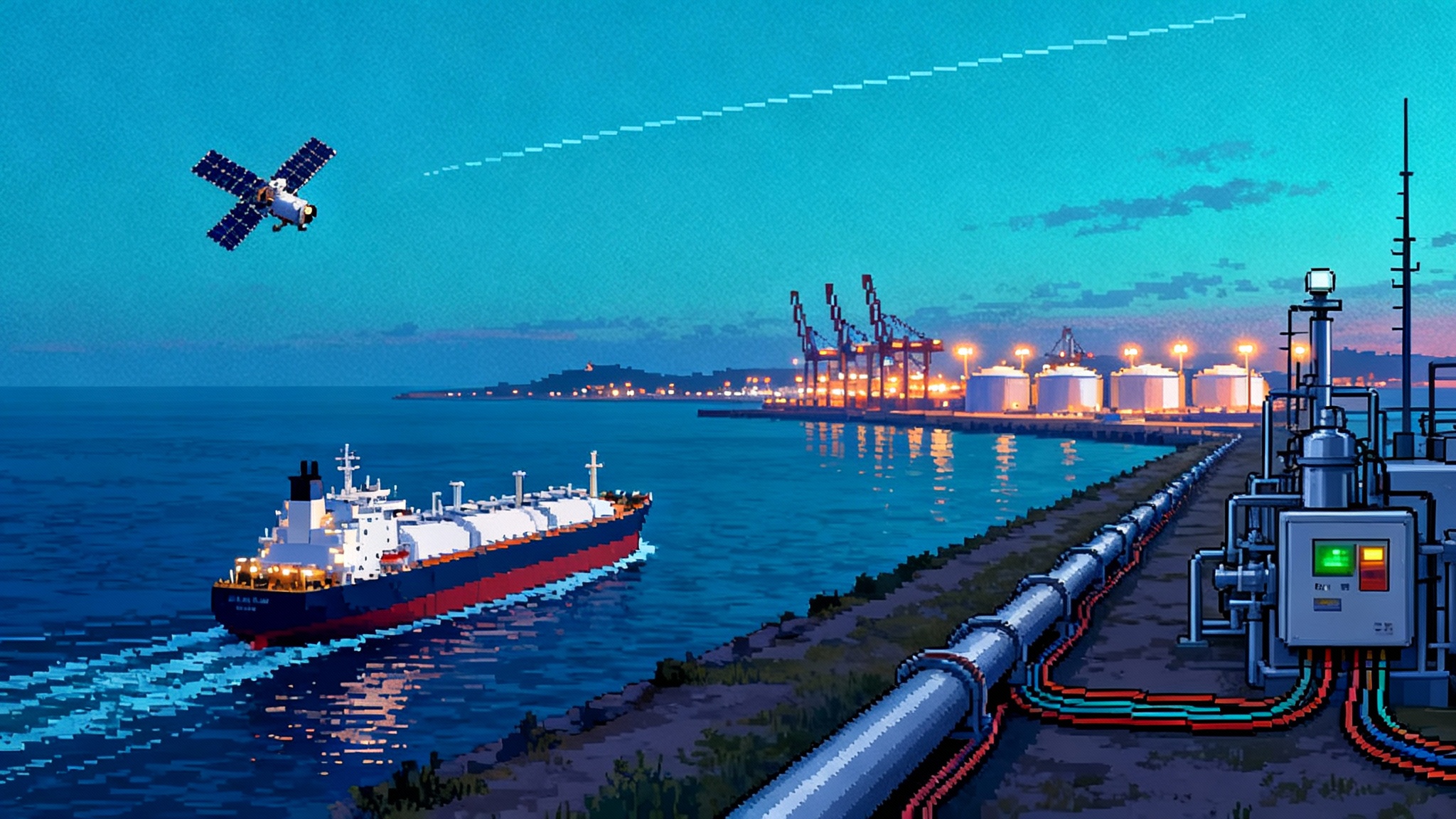
The pivot no one planned for
On March 14, 2025, the United States government formally disapproved the Environmental Protection Agency’s Waste Emissions Charge, often called the methane fee. You can see this on the Methane Emissions Reduction Program page, which logs the disapproval under the Congressional Review Act; see the EPA program update. That signature turned a domestic pricing policy into a non-event and shifted the pressure point overseas. For U.S. oil and gas, the de facto methane regulator is now the buyer, and the most consequential buyer is Europe.
Europe’s new methane regime puts import conditions on crude oil, natural gas, and coal. The rules begin with disclosure, move to third party grade monitoring and verification, then culminate in hard methane intensity limits that determine market access. The European Commission has published a clear timeline with specific dates and thresholds in its rulemaking; see the EU methane import timeline. This is the calendar U.S. companies must now live by.
Europe’s rule in plain English
Think of Europe’s approach like airport security that tightens at each checkpoint. First you must show your identity and itinerary. Next you must pass through scanners that verify what you claimed. Finally, if you trip the alarm at the end, you do not fly.
- Phase 1: Tell us what you are bringing. Importers must report qualitative details about origin, transport route, and the leak detection and repair practices used at the source.
- Phase 2: Prove that monitoring is real. New and renewed import contracts must demonstrate monitoring, reporting, and verification that mirrors the European rulebook or meets the industry’s highest standard for measurement and reconciliation, with independent verification.
- Phase 3: Show the number. Importers must disclose the methane intensity of the production.
- Phase 4: Hit the number. Imports must be below a maximum methane intensity that the Commission sets. Miss the number and the cargo or volume risks penalties or no entry.
This is not a voluntary badge. It is a market gate that tightens through 2030.
The 2025 to 2030 clock
Here is the working timeline that U.S. exporters and producers now face for access to European markets. Dates are exact to how the Commission frames them.
- May 5, 2025: Reporting begins. Importers provide qualitative information on origin, route, and what monitoring and leak detection practices were applied to the imported oil, gas, or coal.
- January 1, 2027: MRV kicks in for new or renewed contracts signed after August 4, 2024. Importers must demonstrate monitoring, reporting, and verification equivalent to the EU regime, or Oil and Gas Methane Partnership Level 5 with verification for oil and gas. For pre-existing contracts importers must show all reasonable efforts to comply.
- August 5, 2028: Methane intensity reporting starts. Importers report methane intensity using the Commission’s methodology.
- August 5, 2030: Methane intensity limit applies. New or renewed contracts after this date must be below the maximum intensity the Commission sets. Pre-existing contracts again require all reasonable efforts to align.
There is a long runway in calendar terms, but a short runway in contracting terms. Many long term supply contracts are renegotiated well before expiration. The clock starts when you sign.
The new compliance stack
The compliance stack is the practical, layered system a company needs to survive this transition. It has five parts that line up with Europe’s checkpoints and with buyer due diligence.
- Measurement at the source
- Facility level continuous monitoring at high risk sites such as tank batteries and compressor stations
- Routine site surveys with optical gas imaging and acoustic sensors
- Basin scale screening by plane or drone using light detection and ranging and hyperspectral sensors
- Satellite cross checks for large events and coverage gaps
- Reconciliation and verification
- Emissions reconciliation that rolls up source level measurements to asset and portfolio level intensity
- Third party verification against a recognized protocol, with a clear chain of custody for data
- Methane intensity accounting
- Transparent methodology for how methane intensity is calculated, including flaring, blowdowns, and liquids rich associated gas handling
- System boundaries that match what importers must report, not just what operators prefer to show
- Certification and labeling
- Certification under programs that buyers recognize, such as MiQ for methane performance or EO100 for broader environmental and social governance, anchored in methane metrics
- Contract language that ties premiums and penalties to certified performance and independent verification
- Data integration to trade and logistics
- Shipment level attributes embedded in cargo documentation and gas scheduling, so a specific lot or cargo carries its methane profile
- Exception handling playbooks when a super emitter event occurs between nomination and delivery
Treat this like a quality management system. If you cannot connect a detected leak in the field to a certification claim on a bill of lading, you will not pass a European audit in 2027, let alone an intensity test in 2030.
Winners and who is now scrambling
Winners
- Midstream retrofit specialists. Gathering systems and compressor stations are where methane slips through gaskets, seals, and pneumatics. Firms that can swap high bleed devices, install low emission controllers, and upgrade compressors at scale will see steady order books. Williams and Kinder Morgan have already built internal methane teams and will likely expand retrofit programs to keep shipper gas within premium corridors.
- Sensor and analytics providers. Continuous monitoring at the site level favors low power sensor networks from startups and industrial control incumbents. The winners will package sensors with software that converts alarms into verified emissions reductions and provides audit trails tailored to European import rules.
- Aerial and satellite operators. Plane based light detection and ranging and hyperspectral flyovers close the gap between daily fixed sensors and quarterly handheld surveys. Satellites such as those fielded by commercial operators and the MethaneSAT mission create an independent layer that buyers and insurers trust. When premiums depend on intensity, buyers pay for third party eyes.
- Certified gas programs and registries. Programs that have clear measurement floors and independent verification, and registries that track attribute ownership through trading desks, will become the new back office utilities. Expect mergers between certification outfits and commodity data providers.
Scrambling
- High leak basins without recent investments. The fastest way to lose European market share is to keep old pneumatic devices in liquids rich basins where associated gas is flared or vented during upsets. Producers in segments of the Permian and older conventional plays that have deferred maintenance face the steepest curve.
- Uncertified LNG volumes. European buyers can still purchase uncertified cargoes in the near term, but the discount will widen as 2027 approaches. Term deals under negotiation in 2025 and 2026 will bake in methane clauses and optionality. This builds on the broader LNG contract reset in 2025.
- Small operators that rely on estimates. Spreadsheet inventories and emissions factors will not survive reconciliation requirements. Without pooled services or midstream support, small producers will struggle to afford continuous monitoring and independent verification.
What U.S. LNG exporters need to do in 2025
- Write methane attributes into sales and purchase agreements. Define MRV equivalency, audit rights, and penalties that mirror Europe’s checkpoints. Add a path to convert reporting into intensity thresholds by 2028, so both sides know how the target will be measured.
- Retrofit upstream feedgas corridors. LNG terminals cannot fix methane that escaped upstream. The practical approach is to carve out premium feedgas pools tied to continuous monitoring and verified certification. This can look like a virtual pipeline: gatherers and processors commit to a measurement protocol, and the exporter pays a premium to amortize the retrofits.
- Build a super emitter response protocol. Europe is building a rapid alert mechanism for large events. Exporters need a playbook that says how a cargo’s attribute will be adjusted if a major event occurs after nomination, and how that change flows into price, replacement, or offsets.
- Prepare for portfolio allocation. In 2026 and 2027, the cleanest feedgas should be directed to Europe and premium Asian buyers, while less verified volumes find markets with looser rules. This is not ideal, but it protects price and access while the whole supply base catches up.
What producers and midstream should do now
- Start with a 12 month measurement sprint. Install continuous monitors at the top 20 percent of sites that cause 80 percent of leaks. Schedule monthly flyovers in high risk basins and quarterly optical gas imaging surveys everywhere else. The goal is to turn unknowns into a measured baseline by early 2026.
- Move to reconciliation by late 2026. Push toward reconciliation level accounting that compares top down screening with bottom up measurements. Hire an independent verifier that already audits to the European frameworks.
- Replace high bleed pneumatics and fix tank thief hatches. This is mundane work and it is where the tonnage is. A year of basic fixes will do more to lower your intensity than a fancy dashboard by itself.
- Certify, then contract. Secure recognized certification and register attributes before negotiating 2027 to 2030 sales. Buyers will pay for certainty when every cargo is competing on methane intensity.
The premium, the discount, and how this hits prices
Two forces will shape prices. First, a bifurcation between certified and uncertified molecules. As Europe’s reporting and MRV phases take hold, certified volumes will command a consistent premium because they are eligible for more buyers. Second, the methane intensity limit in 2030 introduces a cliff. Volumes above the threshold may need blending or remediation plans to reach the gate. Traders will start pricing this tail risk well before 2030.
Expect LNG sellers to market named feedgas pools with intensity ranges, similar to sulfur and carbon intensity labels in crude. Pipelines will publish corridor level methane metrics as shippers co-fund upgrades. Utilities and large industrial buyers will begin to write methane intensity into procurement scorecards, not just carbon offsets. These practices will not eliminate volatility, but they will change who bears it.
What changes in the boardroom
- Procurement becomes a methane strategy function. Buyers will ask for proof that goes beyond compliance certificates. Sales teams will need to understand measurement tech and verification claims, not just volumes and destination clauses.
- Insurance becomes a hidden regulator. Underwriters will increasingly require continuous monitoring and third party verification at high value assets to write affordable coverage. Super emitter risk is an insurable event only if it is detectable and actionable.
- Investor relations will talk methane like they talk cost per barrel. Guidance will include methane intensity and the share of certified production. The multiple gap will widen between operators that can prove low leak operations and those that cannot.
Practical map: who does what and when
2025
- Importers build reporting systems for origin, route, and leak detection practices. U.S. exporters align cargo documentation to capture this data at the shipment level.
- Producers launch measurement sprints, prioritize high risk sites, and pilot continuous monitors.
- Midstream plans retrofit schedules, with the worst compressor stations and tank batteries first.
2026
- Verification partners are contracted. Reconciliation pilots compare flyover data with ground sensors.
- Sales and purchase agreements add MRV and intensity pathways with audit rights and penalties.
2027
- New and renewed contracts must prove MRV equivalency or recognized measurement with verification. Uncertified volumes face steeper discounts and fewer counterparties.
2028
- Methane intensity reporting starts. Expect portfolio optimization to steer cleaner molecules to Europe.
2030
- The intensity limit applies to new or renewed contracts. High intensity producers that have not retrofitted will face exclusion or deep discounts that erase margins.
The technology mix that actually works
- Fixed sensors at known bad actors. Tank batteries, dehydrators, and compressor stations produce most emissions when they fail. Fixed sensors give you continuous watch at these nodes.
- Fast flyovers that close the gap. Monthly or quarterly flights spot leaks that slip between sensor checks. They also validate the overall picture, which helps with reconciliation and independent verification.
- Satellites as independent referees. Satellites are not a panacea, but they detect large events and support Europe’s alert system. Their presence deters the worst practices and backs up buyer confidence.
- Smart maintenance. Leak alerts are only useful if crews show up with parts and authority to fix. A small team with a truck and a box of replacement pneumatics can cut intensity faster than a new dashboard by itself.
Why this is bigger than Europe
Japan and South Korea are already aligning LNG buyer expectations with European style transparency. The effect is a global buyer club that rewards measured and verified molecules. As more importers ask for the same proofs, the cost of not measuring rises, even if a cargo never touches a European terminal. Rising power demand from data centers adds urgency; see how AI becomes the new baseload and why methane performance will be priced into reliability claims.
The ending that is really a beginning
The methane fee fight in Washington was a spectacle. The market signal that matters arrived quietly from Brussels with a date stamped checklist. If you sell into Europe, your compliance team is about to be your commercial team. The winners will not be the loudest companies. They will be the ones that can trace a leak found on a Tuesday in the field to a verified intensity figure on a Thursday cargo, and then show a buyer why that number is falling quarter after quarter. That is not a slogan. It is your new license to sell.
